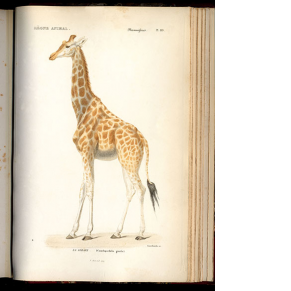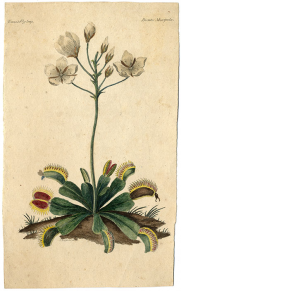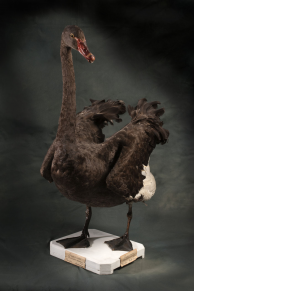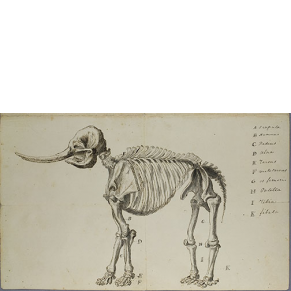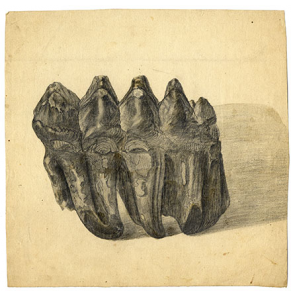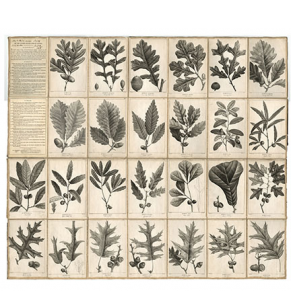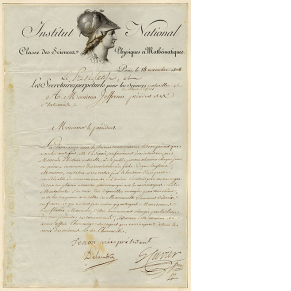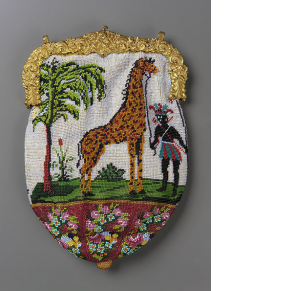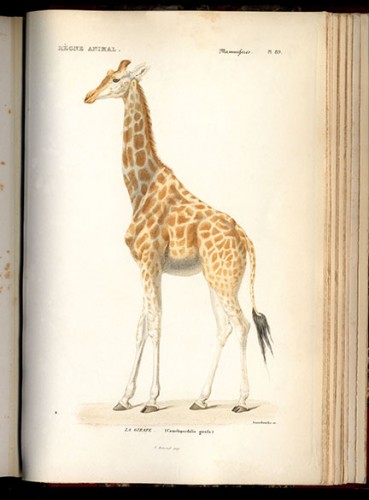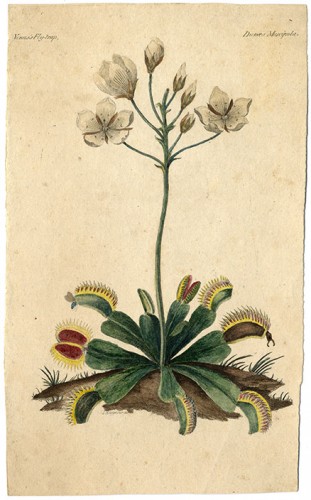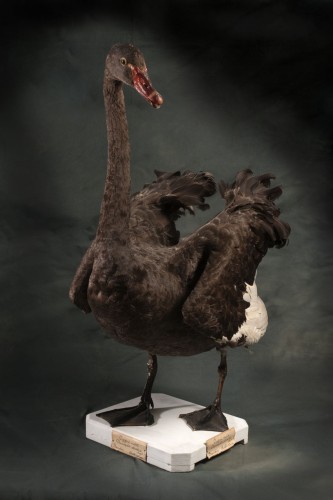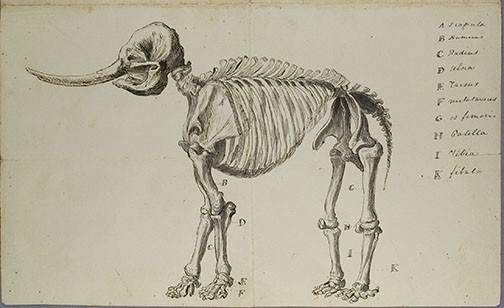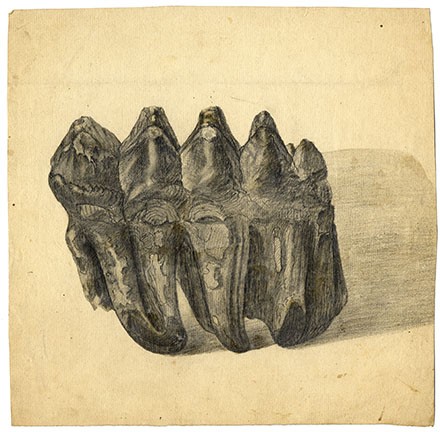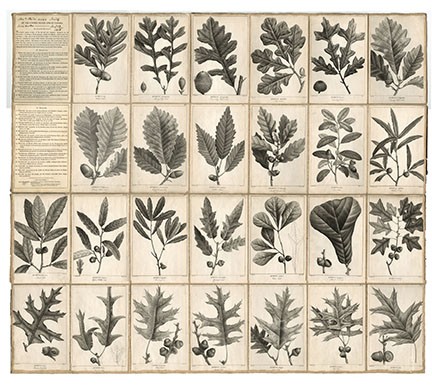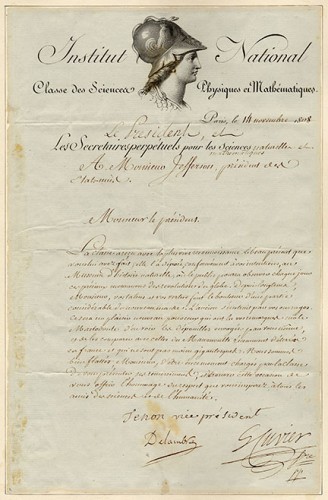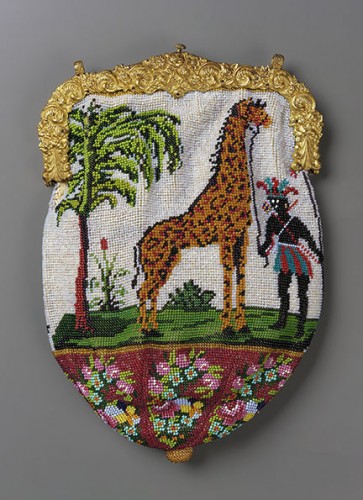Support for this exhibition was provided by The Florence Gould Foundation, Richard Lounsbery Foundation, Crystal Trust, The Gladys Krieble Delmas Foundation, and Alexander G. Bearn Memorial Fund.
Of Elephants & Roses: Encounters with French Natural History, 1790-1830
Imagine yourself in Paris 200 years ago. You might have seen Empress Josephine’s famous black swans, a mastodon tooth sent by Thomas Jefferson to a naturalist in Paris, and original watercolors by Pierre Joseph Redouté, known as the “Raphael of Flowers.” These are among the objects that were on view in this sumptuous exhibition about the science and art of French natural history from the 1789 Revolution to the July Monarchy of 1830—an era when Paris was the center of life sciences in the Western world, and Philadelphia, the center of science in North America.
Of Elephants and Roses: Encounters with French Natural History, 1790–1830 explored natural history in post-revolutionary France. Two grand gardens served as the exhibition’s point of departure—the Paris Muséum of Natural History with its Jardin des Plantes, and Malmaison, the private garden of Empress Josephine, Napoleon’s wife.
These two sites acclimatized plants and animals from all around the world, produced new scientific knowledge, improved agricultural productivity and diversity, helped promote economic prosperity, and contributed to the glory of France, even during a tumultuous political period that lurched from bloody revolution to new republic, to empire, and ultimately back to monarchy.

